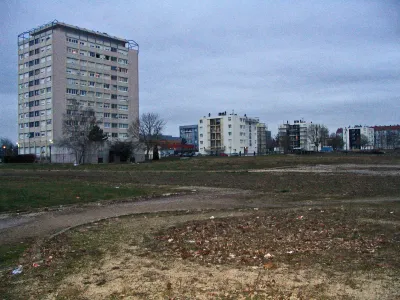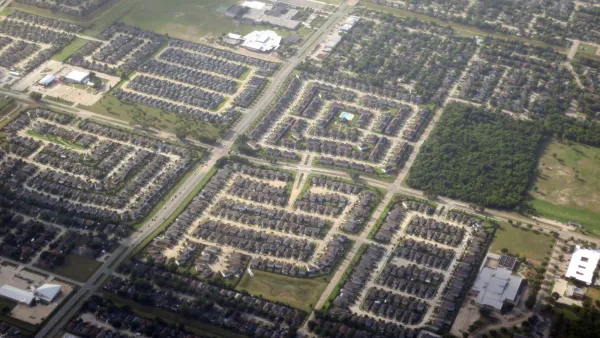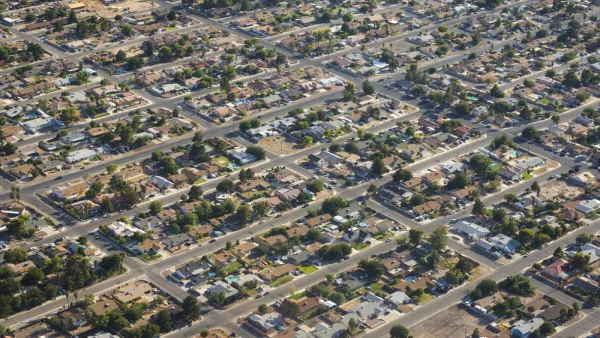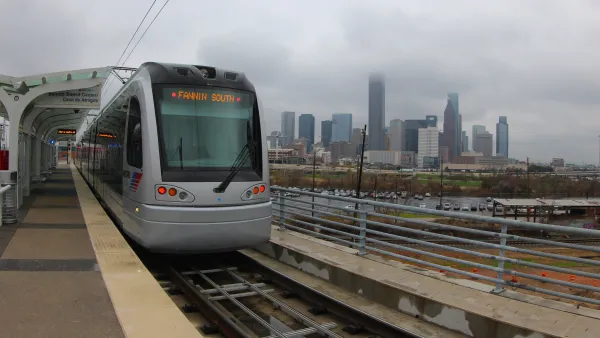In an interview, architect Renzo Piano says European suburbs are not desolate. He argues they shouldn't be treated as such in the quest for cohesive cities.

Sylvia Poggioli shares a radio interview with architect Renzo Piano, who aims to reinvigorate city outskirts in his native Italy. "Whatever he calls them, Piano believes 'the suburbs are the place where energy is in the city — in the good, in the bad. When you say Milan or Rome or Paris or London, you mean that 10 percent of people [living] in the real center. But the 90 percent live in the outskirts.'"
It is often observed that European cities resemble American cities in reverse: rich inner city and poorer suburbs. But Piano's quest for social cohesion applies on both sides of the Atlantic. "Either, Piano says, 'We are able to transform the peripheries of the big cities [into a] real urban place, where people stay together, where tolerance is found, where people share value in the same place[s] — library, concert hall, museum, whatever; or the city will be broken in two pieces: the rich part in the center — that will be about conservation — and the poor part in the outskirts — that is about protest. It's inevitable.'"
Piano echoes fellow urbanists in his criticism of sprawl. "And it's crucial, Piano says, that Italians not build any more peripheries, because stretching services and public transportation further outward is unsustainable. He says peripheries must be developed not by expansion, but by implosion; by transforming what's already available — what's known as brownfields."
FULL STORY: Architect Renzo Piano: The Future Of Europe's Cities Is In The Suburbs

National Parks Layoffs Will Cause Communities to Lose Billions
Thousands of essential park workers were laid off this week, just before the busy spring break season.

Retro-silient?: America’s First “Eco-burb,” The Woodlands Turns 50
A master-planned community north of Houston offers lessons on green infrastructure and resilient design, but falls short of its founder’s lofty affordability and walkability goals.

Delivering for America Plan Will Downgrade Mail Service in at Least 49.5 Percent of Zip Codes
Republican and Democrat lawmakers criticize the plan for its disproportionate negative impact on rural communities.

Test News Post 1
This is a summary

Test News Headline 46
Test for the image on the front page.

Balancing Bombs and Butterflies: How the National Guard Protects a Rare Species
The National Guard at Fort Indiantown Gap uses GIS technology and land management strategies to balance military training with conservation efforts, ensuring the survival of the rare eastern regal fritillary butterfly.
Urban Design for Planners 1: Software Tools
This six-course series explores essential urban design concepts using open source software and equips planners with the tools they need to participate fully in the urban design process.
Planning for Universal Design
Learn the tools for implementing Universal Design in planning regulations.
EMC Planning Group, Inc.
Planetizen
Planetizen
Mpact (formerly Rail~Volution)
Great Falls Development Authority, Inc.
HUDs Office of Policy Development and Research
NYU Wagner Graduate School of Public Service





























